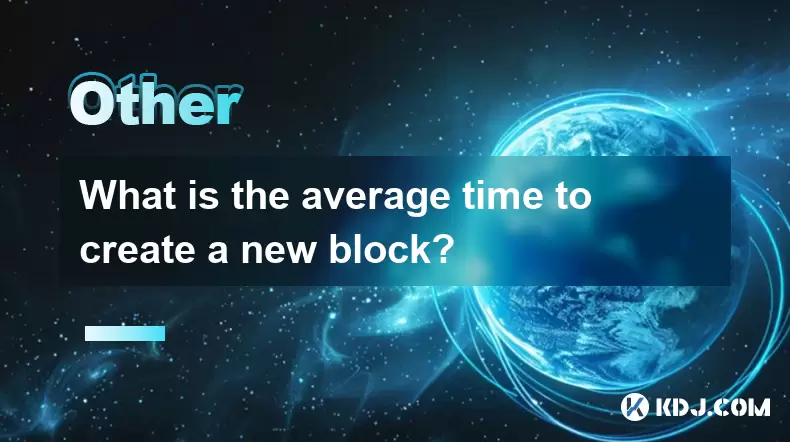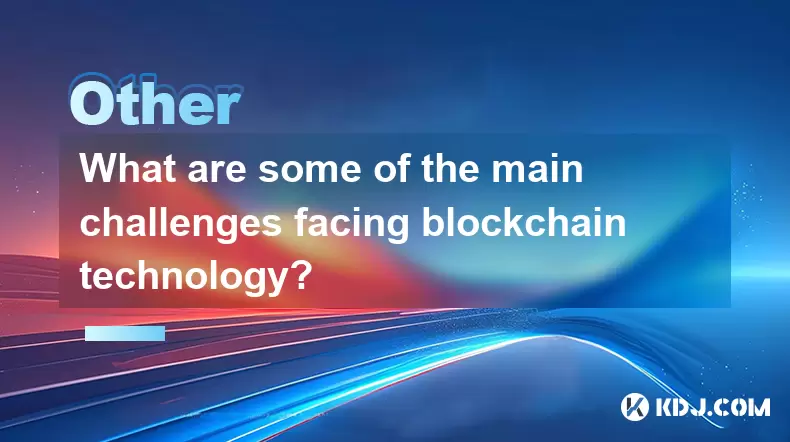-
 Bitcoin
Bitcoin $115000
1.10% -
 Ethereum
Ethereum $3719
2.93% -
 XRP
XRP $2.997
2.56% -
 Tether USDt
Tether USDt $1.000
0.02% -
 BNB
BNB $766.7
0.98% -
 Solana
Solana $169.6
3.97% -
 USDC
USDC $0.9999
0.00% -
 TRON
TRON $0.3391
1.82% -
 Dogecoin
Dogecoin $0.2060
3.53% -
 Cardano
Cardano $0.7429
2.91% -
 Hyperliquid
Hyperliquid $38.02
1.70% -
 Stellar
Stellar $0.4021
3.23% -
 Sui
Sui $3.515
3.31% -
 Bitcoin Cash
Bitcoin Cash $574.2
2.68% -
 Chainlink
Chainlink $16.85
3.10% -
 Hedera
Hedera $0.2461
1.54% -
 Ethena USDe
Ethena USDe $1.001
0.02% -
 Avalanche
Avalanche $22.28
1.26% -
 Litecoin
Litecoin $118.3
1.25% -
 UNUS SED LEO
UNUS SED LEO $8.923
-0.75% -
 Toncoin
Toncoin $3.255
2.35% -
 Shiba Inu
Shiba Inu $0.00001239
2.42% -
 Uniswap
Uniswap $9.834
3.77% -
 Polkadot
Polkadot $3.690
2.48% -
 Dai
Dai $1.000
0.02% -
 Monero
Monero $282.9
-3.30% -
 Bitget Token
Bitget Token $4.367
0.70% -
 Cronos
Cronos $0.1454
5.37% -
 Pepe
Pepe $0.00001055
3.60% -
 Ethena
Ethena $0.6156
8.72%
How does blockchain make money?
Blockchain technology generates revenue through cryptocurrency transaction fees, mining and staking rewards, smart contract executions, blockchain platform services, non-fungible token (NFT) transactions, token sales, decentralized finance (DeFi) activities, blockchain gaming, and utility token usage.
Oct 06, 2024 at 06:54 pm

How Does Blockchain Make Money?
Blockchain technology, the underlying infrastructure of cryptocurrencies, has revolutionized the way we interact with digital assets and has opened up new revenue streams for various entities. Here are some of the ways blockchain makes money:
1. Cryptocurrency Transactions:
- Transaction fees: When users send or receive cryptocurrency, networks charge a small fee to process and validate the transaction. These fees are distributed among miners or validators who maintain the blockchain.
2. Mining and Staking:
- Mining: Miners verify and add new transactions to the blockchain, earning rewards in the form of newly created cryptocurrency.
- Staking: In proof-of-stake blockchains, users "stake" their coins, delegating their voting power to validate transactions and earn rewards.
3. Smart Contract Fees:
- Smart contracts are self-executing agreements stored on the blockchain. When these contracts are executed, the blockchain charges a small fee to cover computational costs.
4. Blockchain Platform Services:
- Blockchain-as-a-Service (BaaS): Companies offer blockchain infrastructure and tools, allowing businesses to build and deploy their blockchain applications.
- Decentralized applications (dApps): Developers create dApps on blockchain platforms, charging fees for their use or offering premium services.
5. Non-Fungible Tokens (NFTs):
- NFTs are unique digital assets stored on the blockchain. These tokens can represent art, collectibles, or in-game items. When NFTs are bought or sold, the blockchain charges transaction fees.
6. Token Sales:
- Initial token offerings (ICOs) and initial coin offerings (ICOs) are fundraising events where companies sell tokens that represent future products or services. These tokens can appreciate in value, generating revenue for the company and investors.
7. Decentralized Finance (DeFi):
- DeFi platforms offer financial services such as lending, borrowing, and trading on the blockchain. These platforms generate revenue through interest payments, transaction fees, and liquidity pool rewards.
8. Blockchain Gaming:
- Blockchain games integrate cryptocurrency and NFTs into their gameplay. Players can earn or purchase in-game assets that can be traded or exchanged for real-world value.
9. Utility Tokens:
- Utility tokens provide access to specific products or services on a blockchain platform. When these tokens are used or traded, the blockchain charges transaction fees or commissions.
Disclaimer:info@kdj.com
The information provided is not trading advice. kdj.com does not assume any responsibility for any investments made based on the information provided in this article. Cryptocurrencies are highly volatile and it is highly recommended that you invest with caution after thorough research!
If you believe that the content used on this website infringes your copyright, please contact us immediately (info@kdj.com) and we will delete it promptly.
- HashFlare Founders Face the Music: Jail Time Looms?
- 2025-08-07 14:30:12
- Pepeto's Pounce: Meme Coin Mania Meets Blockchain Infrastructure
- 2025-08-07 15:10:12
- Parataxis, SPAC Merger, and Bitcoin Treasury: A New York Minute on Crypto's Latest Moves
- 2025-08-07 15:30:12
- Toshi on Binance.US: A Memecoin's Big Break
- 2025-08-07 14:30:12
- Bitcoin, SPAC Mergers, and Parataxis: A New Yorker's Take on Crypto's Wall Street Moment
- 2025-08-07 14:50:27
- Bitcoin, Collateral, and Loan Strategies: A New York Minute on the Future of Finance
- 2025-08-07 14:50:27
Related knowledge

What is the purpose of a nonce in mining?
Aug 04,2025 at 05:56pm
Understanding the Role of a Nonce in Cryptocurrency MiningIn the world of cryptocurrency mining, the term nonce stands for 'number used only once.' Th...

Can data on a blockchain be deleted?
Aug 05,2025 at 04:00am
Understanding Blockchain ImmutabilityThe core principle behind most blockchain systems is immutability, which means that once data is recorded onto th...

What is the difference between on-chain and off-chain transactions?
Aug 02,2025 at 04:22pm
Understanding On-Chain TransactionsOn-chain transactions refer to digital asset transfers that are recorded directly on a blockchain ledger. These tra...

What is the average time to create a new block?
Aug 06,2025 at 09:21pm
Understanding Block Creation in Blockchain NetworksThe average time to create a new block varies significantly depending on the specific blockchain pr...

How are blocks linked together?
Aug 04,2025 at 06:56am
Understanding the Structure of a BlockchainA blockchain is a decentralized digital ledger composed of a sequence of blocks, each containing a list of ...

What are some of the main challenges facing blockchain technology?
Aug 07,2025 at 02:58am
Scalability Constraints in Blockchain NetworksOne of the most persistent challenges in blockchain technology is scalability. As blockchain networks gr...

What is the purpose of a nonce in mining?
Aug 04,2025 at 05:56pm
Understanding the Role of a Nonce in Cryptocurrency MiningIn the world of cryptocurrency mining, the term nonce stands for 'number used only once.' Th...

Can data on a blockchain be deleted?
Aug 05,2025 at 04:00am
Understanding Blockchain ImmutabilityThe core principle behind most blockchain systems is immutability, which means that once data is recorded onto th...

What is the difference between on-chain and off-chain transactions?
Aug 02,2025 at 04:22pm
Understanding On-Chain TransactionsOn-chain transactions refer to digital asset transfers that are recorded directly on a blockchain ledger. These tra...

What is the average time to create a new block?
Aug 06,2025 at 09:21pm
Understanding Block Creation in Blockchain NetworksThe average time to create a new block varies significantly depending on the specific blockchain pr...

How are blocks linked together?
Aug 04,2025 at 06:56am
Understanding the Structure of a BlockchainA blockchain is a decentralized digital ledger composed of a sequence of blocks, each containing a list of ...

What are some of the main challenges facing blockchain technology?
Aug 07,2025 at 02:58am
Scalability Constraints in Blockchain NetworksOne of the most persistent challenges in blockchain technology is scalability. As blockchain networks gr...
See all articles

























































































